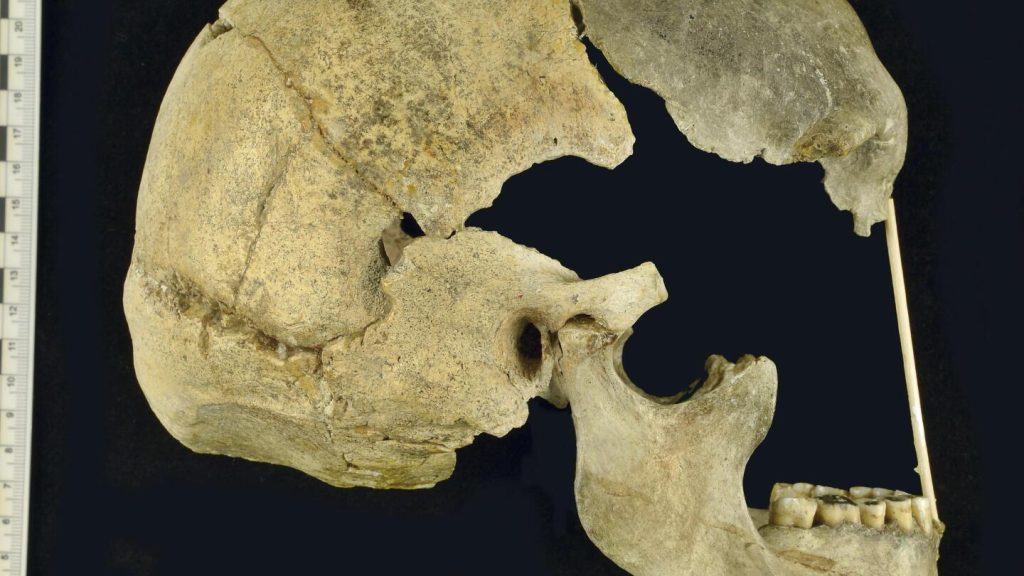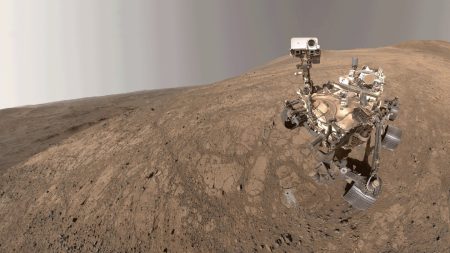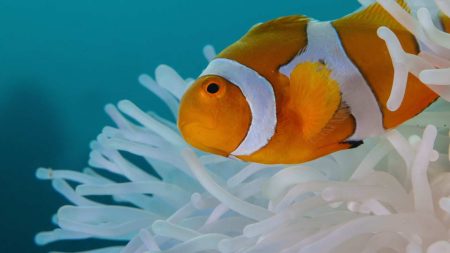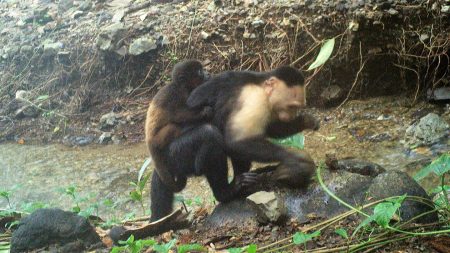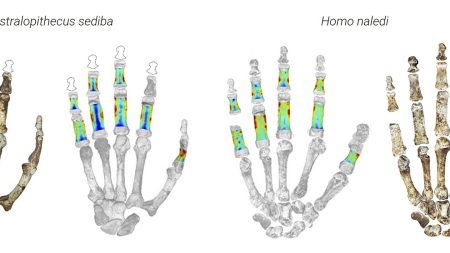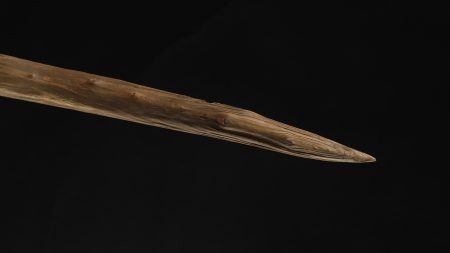The Intermingling of Humans and Neanderthals: A Genetic Legacy
The complex story of human evolution continues to unfold as scientists delve deeper into the genetic record. Recent research has provided compelling evidence of interbreeding between modern humans and Neanderthals, a now-extinct hominin species. This intermingling, occurring approximately 45,000 years ago, has left a lasting imprint on the genetic makeup of present-day humans.
The timeframe for this interbreeding event has been refined through meticulous analysis of ancient DNA extracted from a female skull found in the Czech Republic, known as Zlatý kůň (Golden horse), and bone fragments from an early human population in Ranis, Germany. These genetic samples, dating back to a period slightly more recent than previous estimates, reveal snippets of Neanderthal DNA within the human genome. This genetic exchange pinpoints the period of interbreeding to around 45,000 years ago, a relatively narrow window in the vast timeline of human evolution.
The intermingling of these two groups occurred during a period when modern humans, originating in Africa hundreds of thousands of years earlier, were expanding their range across Europe and Asia. Their encounter with Neanderthals, who were already established in these regions, led to interbreeding events that left a permanent mark on our genetic heritage.
While the precise circumstances and nature of these interactions remain a subject of ongoing investigation, the genetic evidence provides a powerful tool for reconstructing this crucial chapter in human history. The fragments of Neanderthal DNA present in modern human genomes offer insights into not only the timing of these encounters but also their potential impact on our species.
Further research, tracking Neanderthal genetic signatures over a wider timeframe of 50,000 years, has revealed intriguing connections between Neanderthal genes and traits related to immunity and metabolism. These inherited genes may have conferred advantages to early humans as they adapted to new environments outside of Africa, potentially contributing to their survival and expansion.
The legacy of Neanderthals continues to resonate within our DNA. Modern-day genetic variations linked to physical characteristics such as skin color, hair color, and even nose shape can be traced back to our Neanderthal ancestry. Beyond physical traits, the genetic influence extends to areas such as immunity and metabolism, shaping our biological functions and predispositions. Furthermore, our genetic code carries traces of encounters with Denisovans, another extinct hominin group, adding further complexity to our evolutionary narrative.
Ongoing genetic research promises to further unravel the intricate tapestry of human origins. By meticulously analyzing ancient DNA and comparing it to modern genomes, scientists are gaining a deeper understanding of the genetic contributions of different hominin groups, including Neanderthals and Denisovans. These studies are not only shedding light on our past but are also informing our understanding of what it means to be human. As we continue to explore our genetic heritage, we are piecing together the fascinating story of our evolution and deepening our appreciation for the diverse influences that have shaped us. The quest to understand “who we are” propels this scientific endeavor, leading us to explore the depths of our genetic code and uncover the intricate connections that bind us to our extinct relatives.




